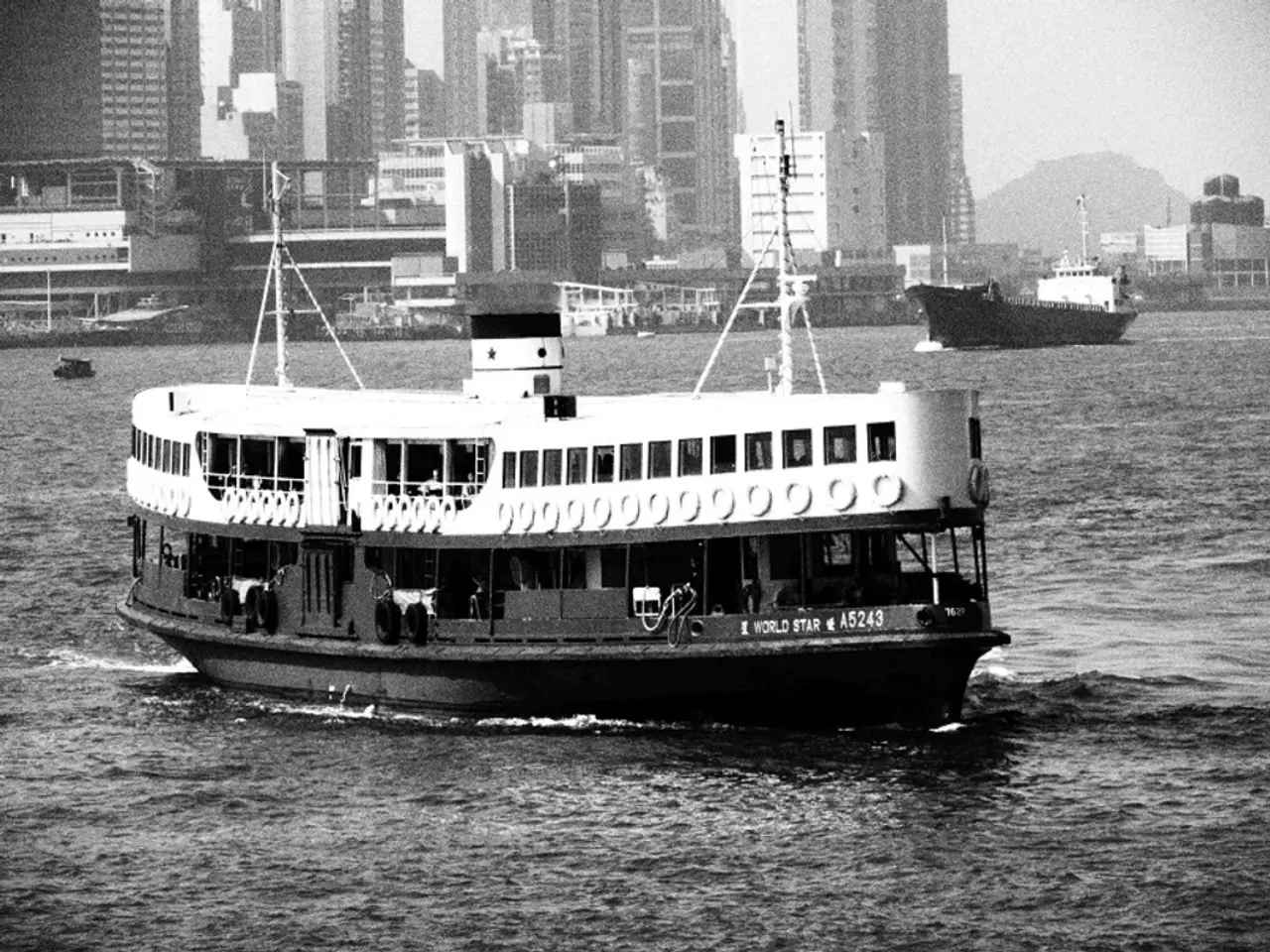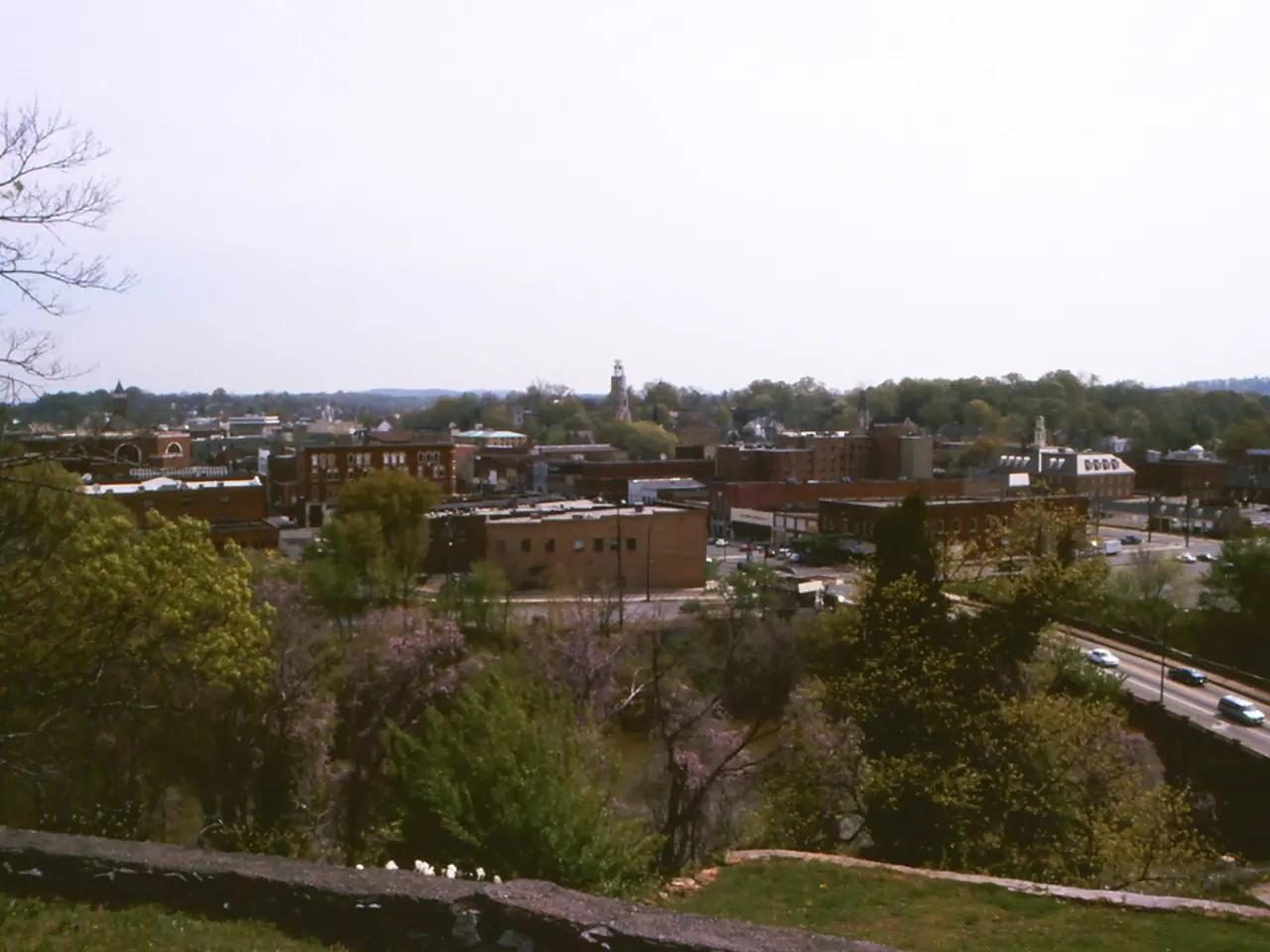Low Water Woes: White Fleet Alters Cruise Itinerary in Magdeburg
Shrinking water levels in the Elbe River prompt adjustments to White Fleet's navigation routes - Navigational Challenges on the Elbe: White Fleet Alters Routes Due to Decreased Water Levels
Brace your Magdeburg sightseers! The White Fleet's sailing schedule is taking a plunge due to the Elbe's dismal water levels. Starting this Wednesday, those looking for a cruise from Petriförder in the heart of the city will be out of luck. Instead, they'll need to board the ship at Schiffshebewerk.
Tides of sour surprises are brewing. On Tuesday, the water level at the Strombrücke clocked in at 68 cm, when the usual low water level in recent times hovers at 72 cm. The lowest level on record was 46 cm in 2018.
White Fleet's New Wave
Sightseeing Ship
Elbe
Shallow Seas
Magdeburg
Sailing Schedule
In recent years, the Elbe, particularly around Magdeburg, has seen historical low water levels—a result of persistent drought and decreased rainfall. The summer of 2025 has been a critical dry spell, with annual precipitation comparable to the record-breaking drought year of 2003. May and June 2025 saw the Elbe's water levels perpetually below the seasonal average, deepening the region's ongoing low water woes[1][4].
In 2024, the Elbe endured an alarming 112 days of critical low water levels, representing a 43.6% increase over the previous year. These conditions have seriously impacted river navigation, trimming cargo vessels' capacity to about 70%, causing a substantial drop in freight efficiency[1]. Regrettably, the Elbe's erratic flow—influenced heavily by rainfall and snowmelt—lacks proper regulation, despite several dams that fall short in controlling extreme low water events[3].
As for the White Fleet, which operates predominantly on the Elbe near cities such as Magdeburg and Dresden, the lack of water creates untidy ripples for their schedules. Indeed, in Dresden, low water levels have wreaked havoc on the timetables and posed operational challenges for paddle steamers[4]. While details for Magdeburg are scarce, judging from its ailing Elbe, it's reasonable to infer the White Fleet's schedule in Magdeburg has seen its fair share of course corrections too, as the shallowness of the water poses threats to safe navigation, resulting in cancellations, delays, or truncated routes.
In essence, the Elbe's historically low water levels around Magdeburg have crippled navigation, compelling cargo vessels and tour fleets such as the White Fleet to impose operational restrictions, reduce load sizes, and face scheduling setbacks[1][4]. So, grab your sunscreen and enjoy the splendid city of Magdeburg while you can, as the White Fleet fights a losing battle against the Elbe's stubborn drought. Stay tuned for updates!
- The community policy should consider investing in solutions for climate-change mitigation, such as vocational training programs for environmental-science specialists to manage water resources more effectively, providing long-term solutions for historical low water levels in rivers like the Elbe.
- The industry sector can play a significant role in sustainable practices to combat low water levels and their impacts on transportation, using resources wisely to ensure the efficiency of public-transit systems, like financing the expansion of subways or reduced-emission buses that are less dependent on river transport.
- To address the increased risk of low water levels and their effects on river navigation, there should be a comprehensive vocational training program for science experts in environmental-science and climatology, who can work with industry professionals to implement industry best practices and develop innovative technologies for water conservation and river management.
- As the Elbe continues to experience historically low water levels, urban developments should incorporate effective water management strategies, like utilizing rainwater harvesting systems, water-efficient landscaping, and providing infrastructure support for public-transit systems, ensuring a more resilient transportation network that is less vulnerable to the effects of low water levels and climate-change.




